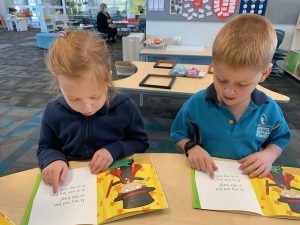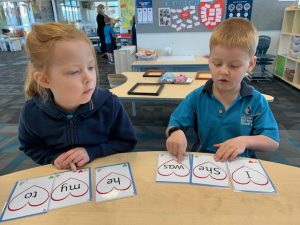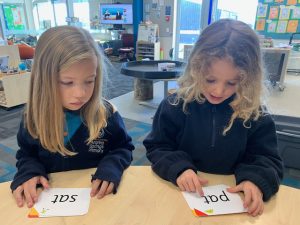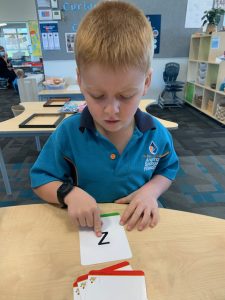Structured Literacy – Supporting children’s early reading, writing and oral language at Ararira Springs Junior Ako Classes
You may have heard in the media recently about the changes in the way we teach reading.
At Ararira Springs we have spent time researching this approach and best practice so we can meet the diverse learning needs of all our learners. Staff have undertaken their own research and have either taken a six-month course and gained a microcredential through the University of Canterbury or, have taken a two-day intensive course with a private company.
Reading instruction will be different to what was traditionally taught and learning at home tasks are different.
How is this different from how most of us were taught reading?
The structured literacy approach first helps the child to develop a greater understanding of how print works in reading and spelling. Teachers will teach spoken sounds and relate this back to letters in words in a slow and systematic way. This explicit direct instruction allows your child to really look across the words in print, rather than rely on picture cues and ‘guess’ the word. Teachers will also teach the children ‘heart words’ which are non-decodable to the children at present. These tricky words such as ‘I, the, my, was’ cannot be sounded out/decoded in the early stages and need to be learnt. During small group reading, children will begin with small words, focusing on teaching reading and spelling together.
The structured literacy approach allows for the child to:
- Learn the letter-sound correspondence that matches the decodable books (rather than ‘guessing words’)
- Break up (segment) words into individual sounds and blend the individual sounds together to help them say the word (spell it).
- Children who regularly practice with whānau at home tend to make greater progress. Reading homework sheets and heart words are stuck in the child’s literacy book to reinforce what we are learning in class, at home.
- When a child can recall heart words, is fluent in the first set of sounds and is able to segment and blend the sounds together in a word, they will be ready to start on reading decodable books. This may take a term or more.
- Decodable books: the words in the books are closely related to the letter sounds we are teaching in class. There will be a lot of opportunities to practice sounding out words made from the letters and sounds that they know or are learning – building their confidence as skilled readers.
You can support home learning by:
- Continuing to read a variety of books to your child every night. Ask them questions about what you’ve read.
- Regularly read and recite nursery rhymes together (and rhyme found in some picture books). Talk about rhyming words in these and think of other words that may rhyme.
- Complete the homework activities in your child’s structured literacy book.
- Discuss what words mean in everyday talk.
- Play ‘I spy’ the sound – find objects in the environment that begin (or ends) with the sound.
- Find known letters in print and say the sound.
- Find ‘heart words’ in print.
- Revise the sounds, using this clip.
- Practice writing the sound correctly using the correct format and pencil grip (refer to your child’s book).
A quick clip that shows some things we do in class and information about structured literacy can be found here.
Further information can be found here, here and here.






Trackbacks/Pingbacks